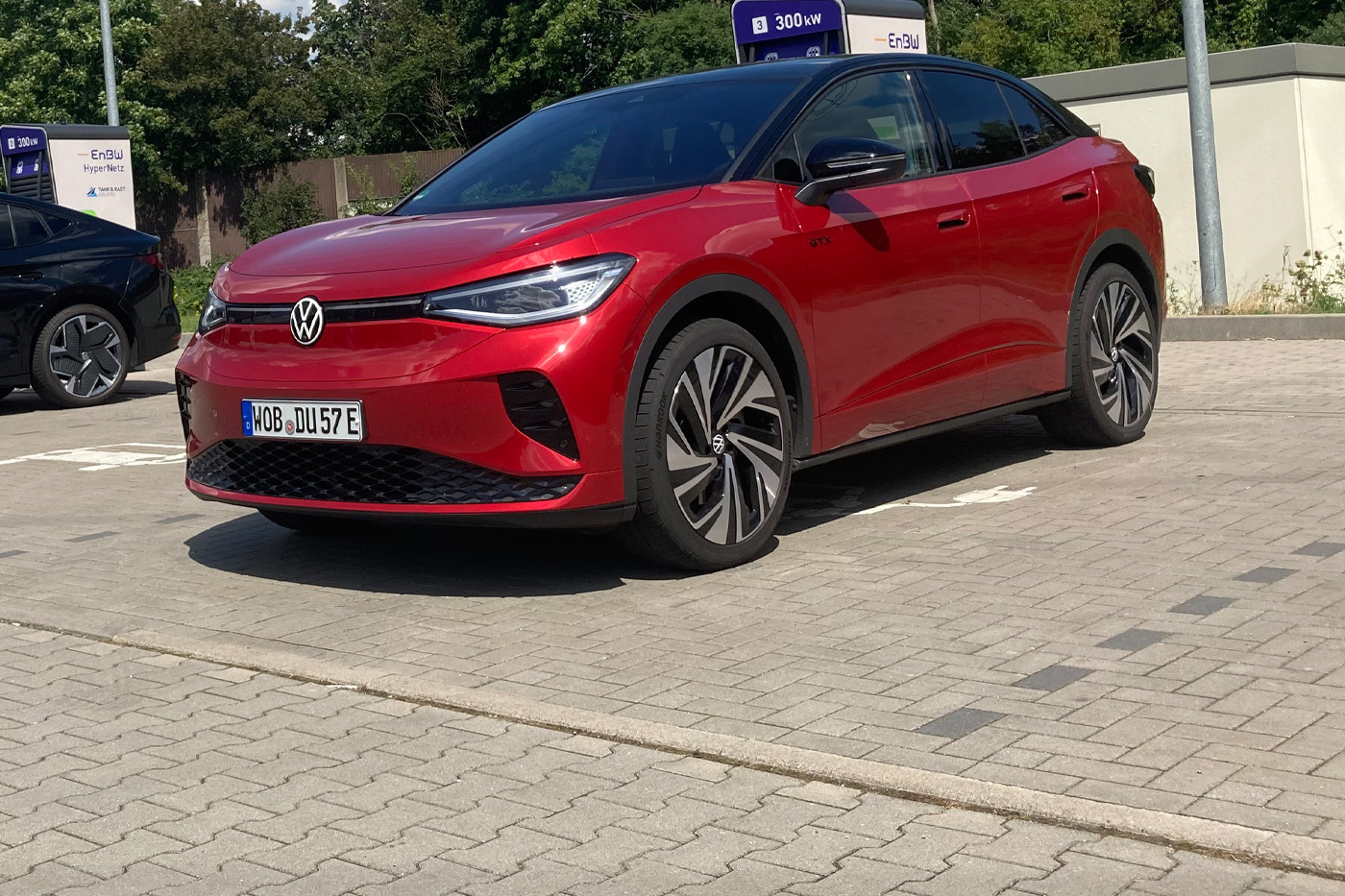
VW ID.5 GTX: How does the sportiest MEB model measure up?
The first thing that stood out from the GTX is the red colouring. However, it’s not the red trim on the radiator grille that makes a Golf a GTI. Almost the whole car is red, ‘Kings Red Metallic’ to be exact. The roof arch is black and, from the outside, it is the only thing that really distinguishes the test car from a normal ID.5, next to the GTX abbreviation on the doors and tailgate.
Under the bonnet, the differences to the more plain examples of the SUV coupé are greater – and “under the bonnet” is meant literally this time: like all MEB models, the ID.5 GTX has no frunk, but a second electric drive under the front bonnet. The small asynchronous machine supplements the familiar PSM with 150 kW and 310 Nm of torque at the rear axle. That makes 220 kW and 460 Nm of maximum torque with the electric all-wheel drive.
Until the announced models with the APP550 electric drive on the rear axle hit the road, the ID.5 GTX is at the top of the MEB range. With 210 kW from the rear engine alone and a proud 550 Nm of torque, the ID.7 should rival the GTX in terms of acceleration. And when the 210 kW rear engine is combined with a second electric drive on the front axle in the Cupra Tavascan, the GTX looks rather old compared to that 250 kW. Especially since the new rear engine is more efficient and the range is thus higher. Despite more power.
520 kilometres range on paper, 360 kilometres in practice
At least the standard range of the ID.5 GTX is respectable. Despite the extra power, the all-wheel drive and wider tyres on larger rims, the WLTP range of 520 kilometres is only 14 kilometres less than that of the rear-wheel drive model with 150 kW. In practice, of course, this value is hardly achievable. With a test consumption of 21.4 kWh/100 km (which corresponds precisely to the long-term consumption of the onboard computer in the test car over the past 3,200 kilometres), the practical range is more like 360 kilometres. And if you calculate the usual long-distance window between ten and 80 per cent State of Charge (SoC), you get about 250 kilometres between two charging stops.
That was also reliably reproducible in our test in summer conditions. On the motorway, consumption at around the recommended speed with constant driving settled between 22 and 23 kWh/100 km. With intermediate spurts and phases at higher speeds, consumption can, of course, increase further. On a full motorway in rush hour traffic at a cruising speed between 90 and 120 kph, the consumption was just below the 20 mark. But it didn’t drop much further on more economical country roads.
However, it is not consumption that counts for a sporty top model – it’s performance. While the drive power is important, first to the charging power: At an EnBW Hypercharger, the ID.5 GTX gets off to a sporty start but drops off even faster. From ten to 22 per cent SoC, more than 170 kW were available, and at the peak, according to the Hypercharger display, it was even 179.1 kW. After ten minutes, more than 24 kWh had already been recharged and a SoC of 38 per cent had been reached – with 119 kW of charging power still available. And 24 kWh means power for just over 100 kilometres.
But after that, charging power continued to go downhill: at 40 per cent, it was still 110 kW, and at 45 per cent, it was already down to 82 kW – just a few minutes before, almost 100 kilowatts had shot into the battery. It takes eleven minutes to go from ten to 40 per cent. For another 30 per cent SoC, i.e. up to 70 per cent, the ID.5 GTX needs 19 minutes. And from 70 to 80 per cent takes another eight minutes.
Ultimately, we needed 38 minutes for the standard charging process from ten to 80 per cent; the factory specification for the all-wheel drive MEB is 36 minutes. The fact that we missed the factory specification slightly was likely due to the temperatures of more than 30 degrees: it is a rather unusual charging behaviour that the power increases again somewhat between 70 and 80 per cent – in our case from 58 to 69 kW. That suggests that the battery management system temporarily reduced the power a little further than would be the case at optimal temperatures because of the temperatures – and later, a little more power was released again.
Same battery size, different cells
It is well known that the all-wheel drive models of the MEB have different cells than the rear-wheel drive models, despite the same energy content of 77 kWh net. But with the latest software updates, the rear-wheel-drive models achieve charging times of around 30 minutes, and the charging curve is better. So the fact that it is precisely the more expensive top models that take longer at the charging station and that even a Model Y is quicker to drive on earlier is not necessarily an argument in favour of the GTX. We don’t even need to discuss the comparison with the 800-volt Hyundai Ioniq 5 and Kia EV6 (as well as their 430 kW performance versions) with 18 minutes of charging time.
In our summer test, we were unable to examine the opposite case: charging in cold conditions. Over time, VW has noticeably improved the EV route planning – at 80 per cent SoC, the ID.5 GTX with software version 3.2 planned two very plausible charging stops for the journey from Düsseldorf to Berlin, once 31 minutes at EnBW shortly after Bielefeld and then a short eight minutes at an Aral Pulse at the Autohof Wollin rest stop. But the ID.5 does not yet use this information to preheat the battery in cold weather. So we cannot say after our test whether the 39-minute charging time would remain at 6:26 hours total driving time in winter. In summer, however, the navigation system information should fit well except for a few minutes.
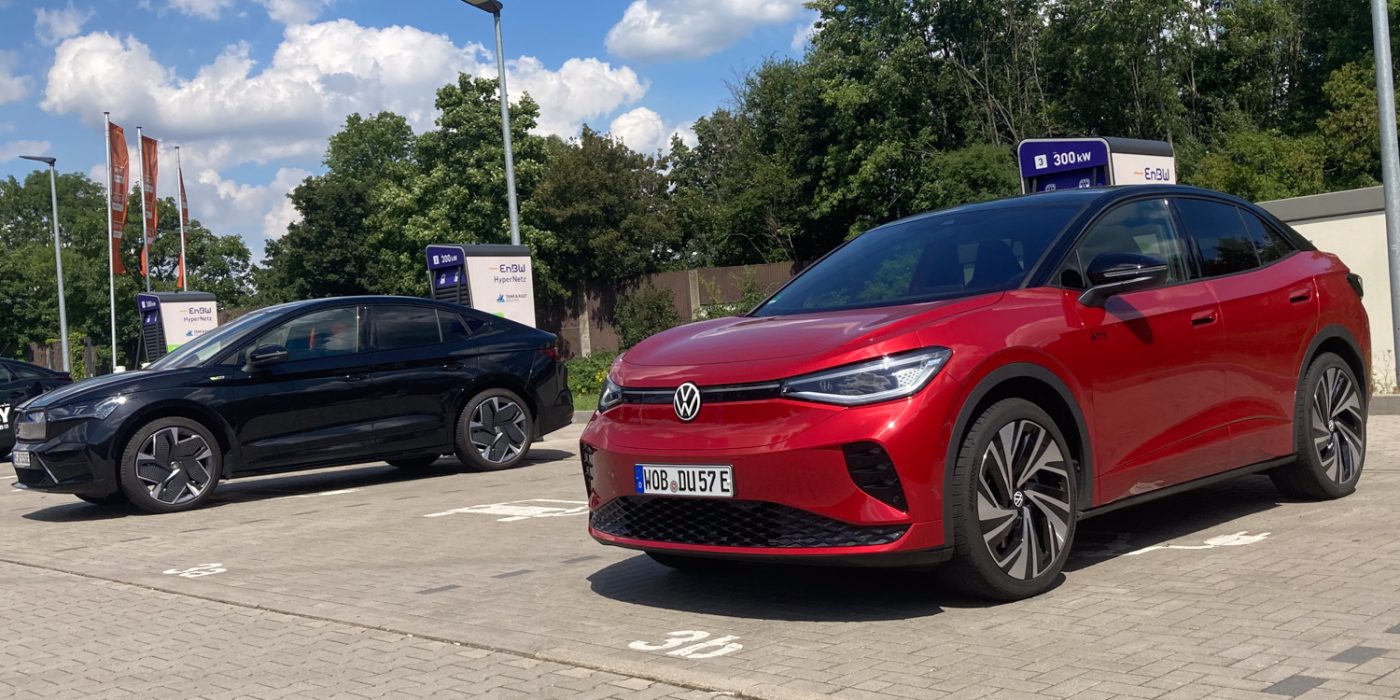
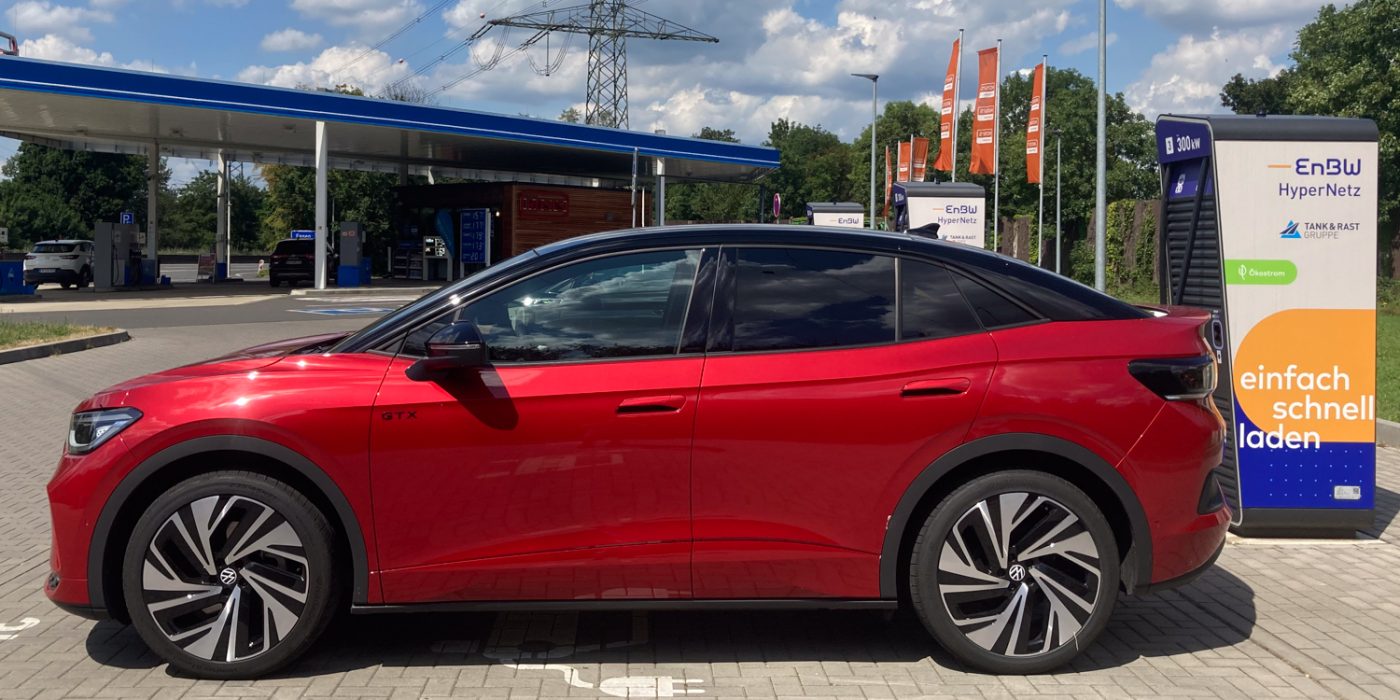
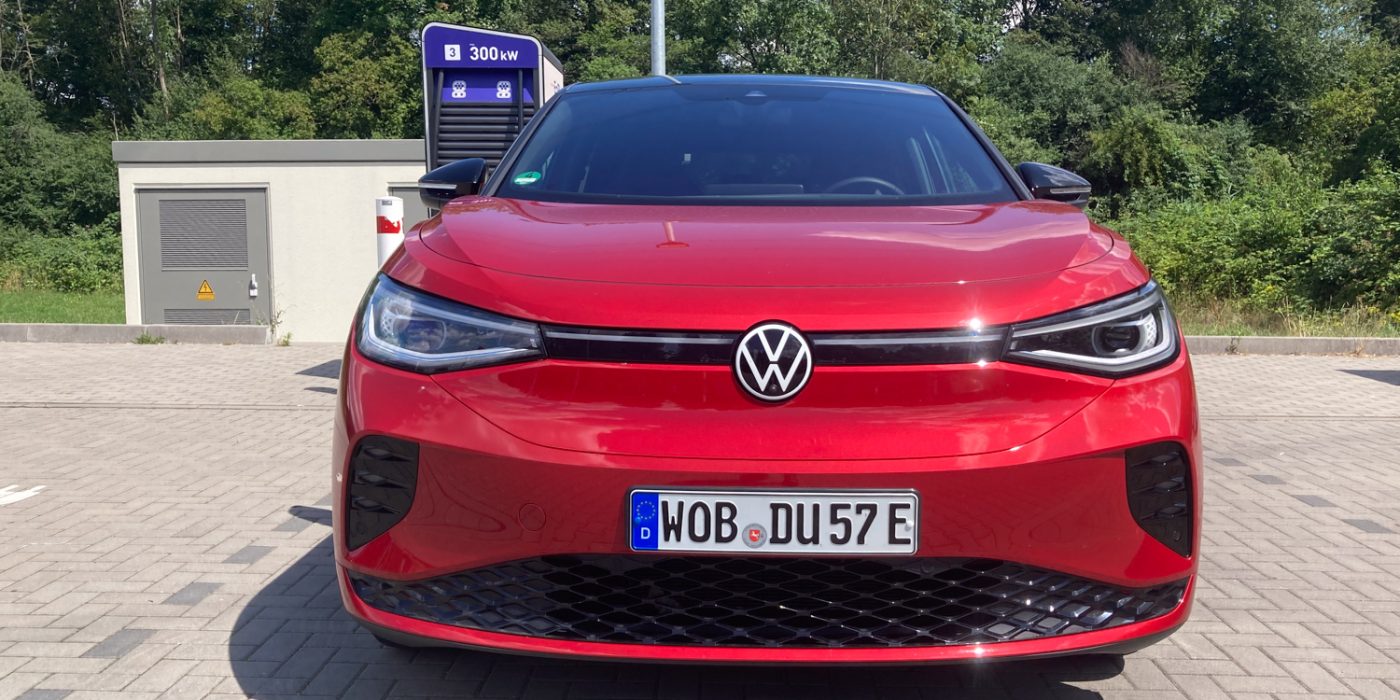
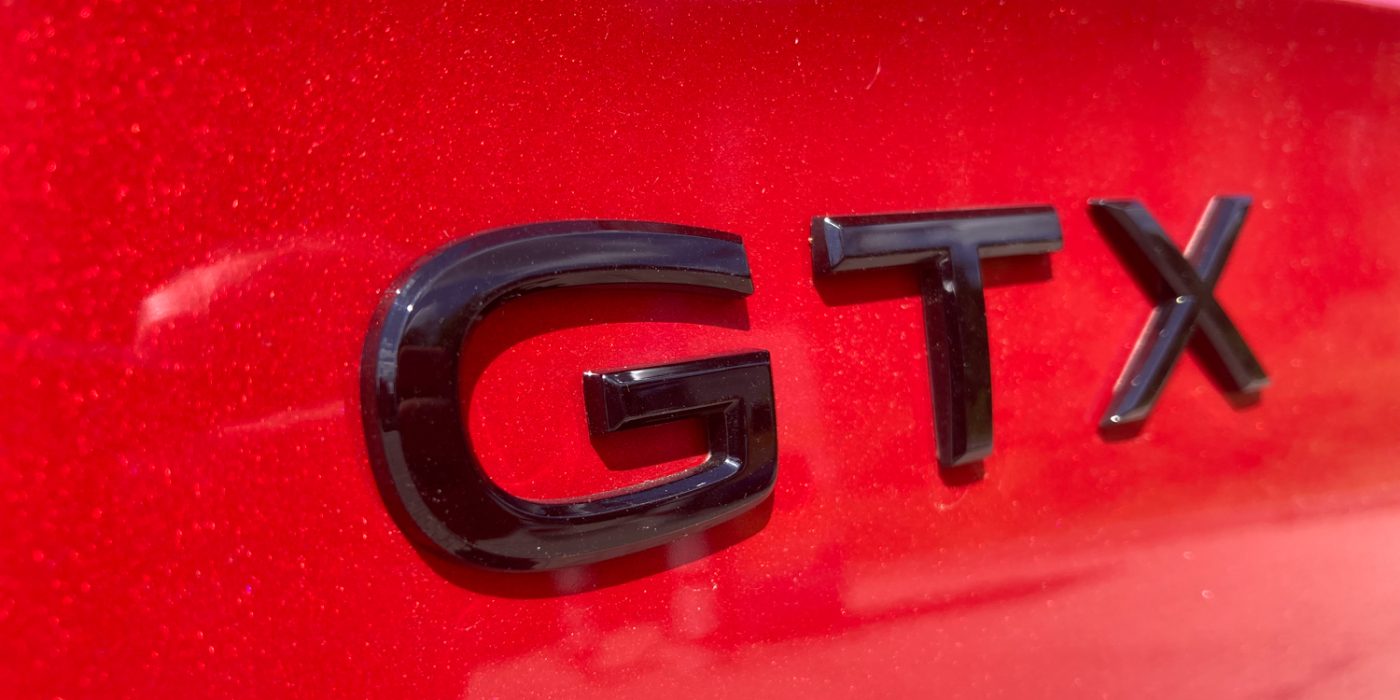
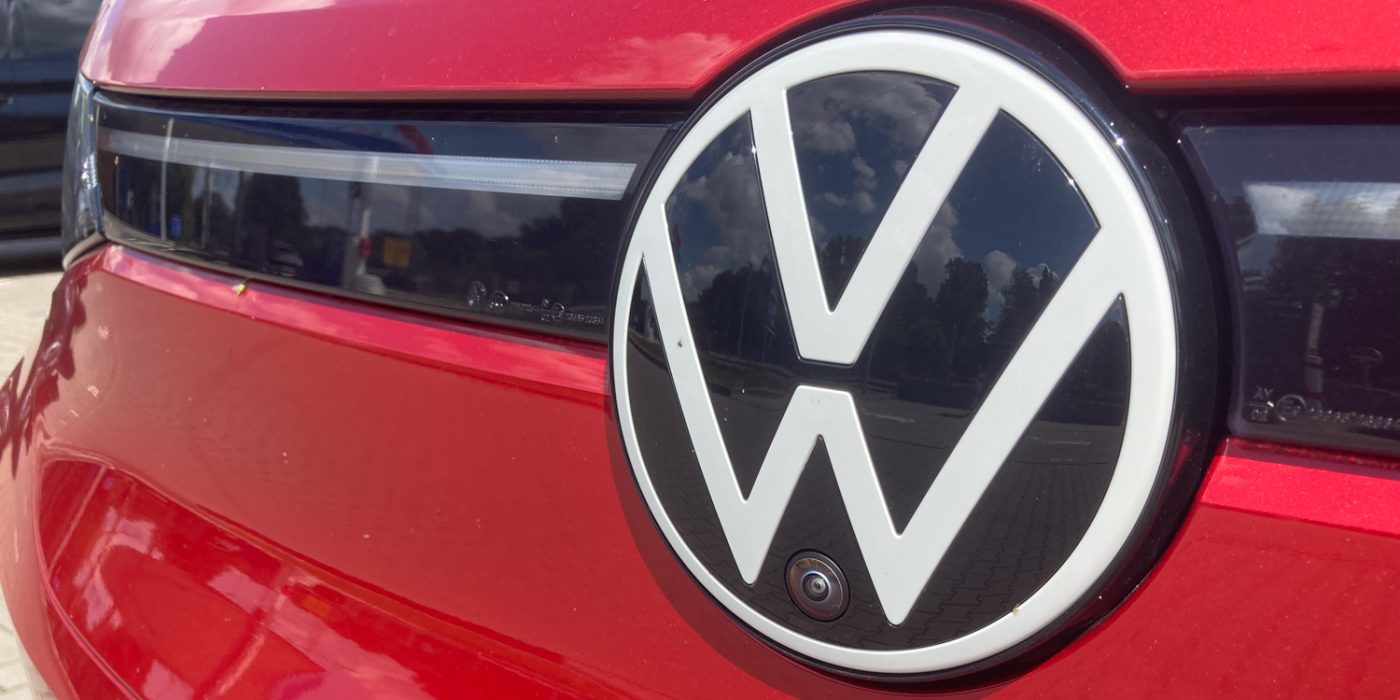
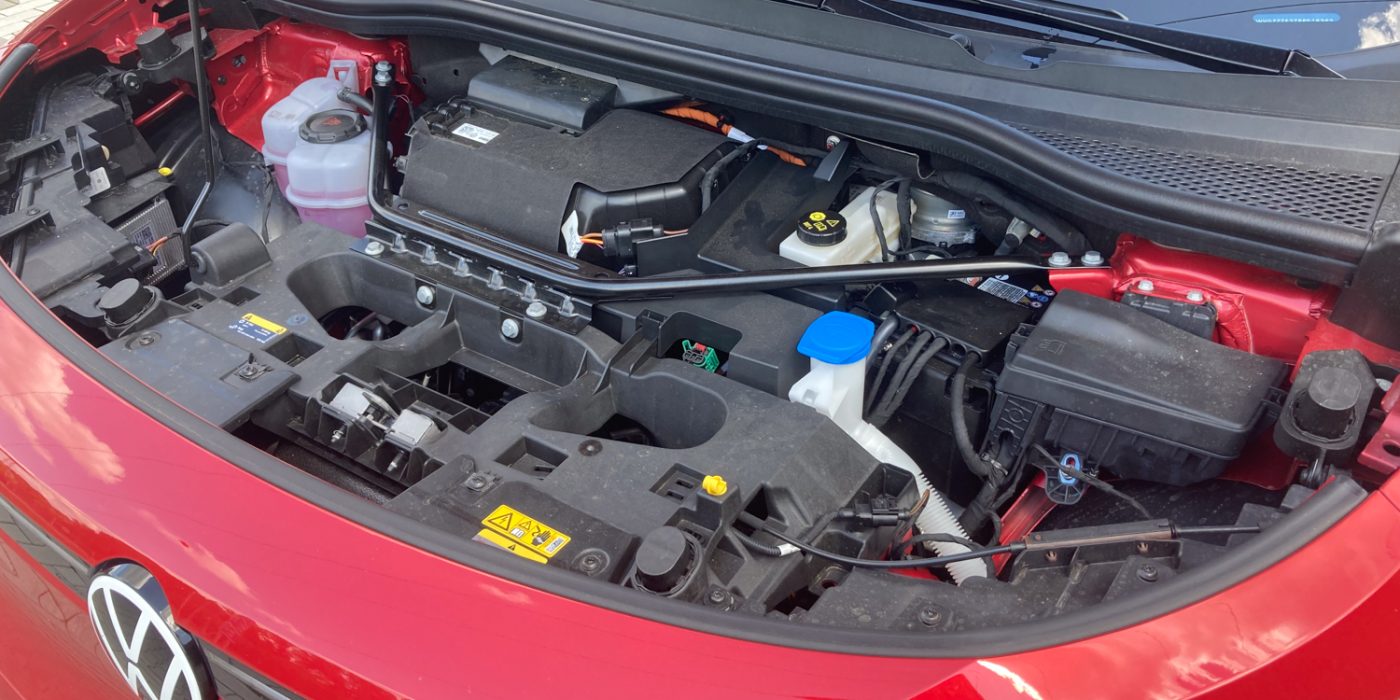
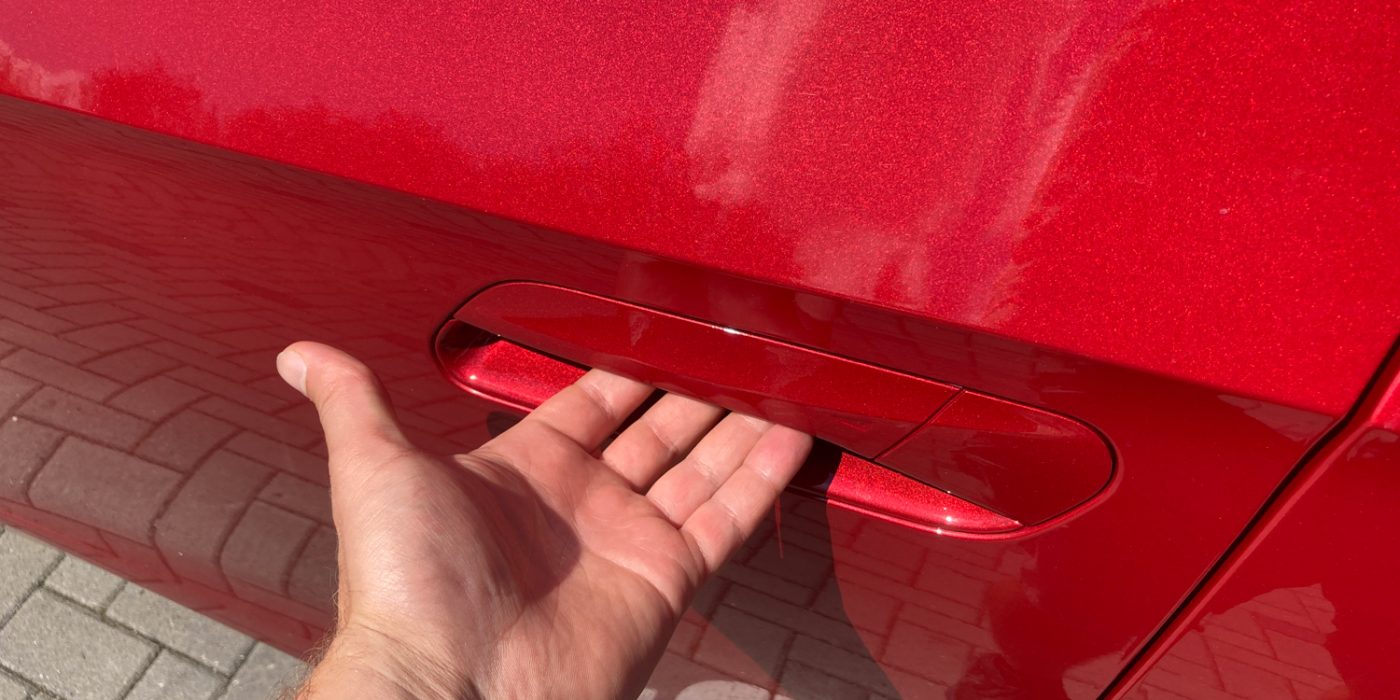
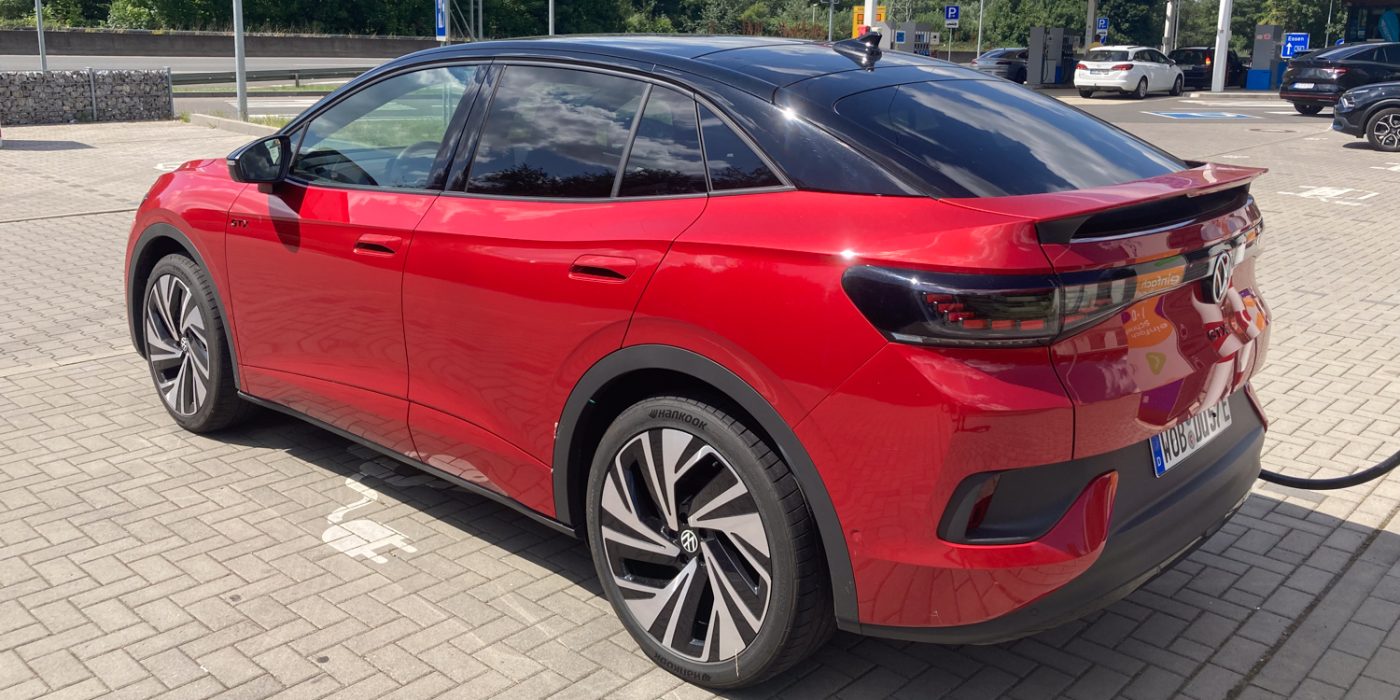
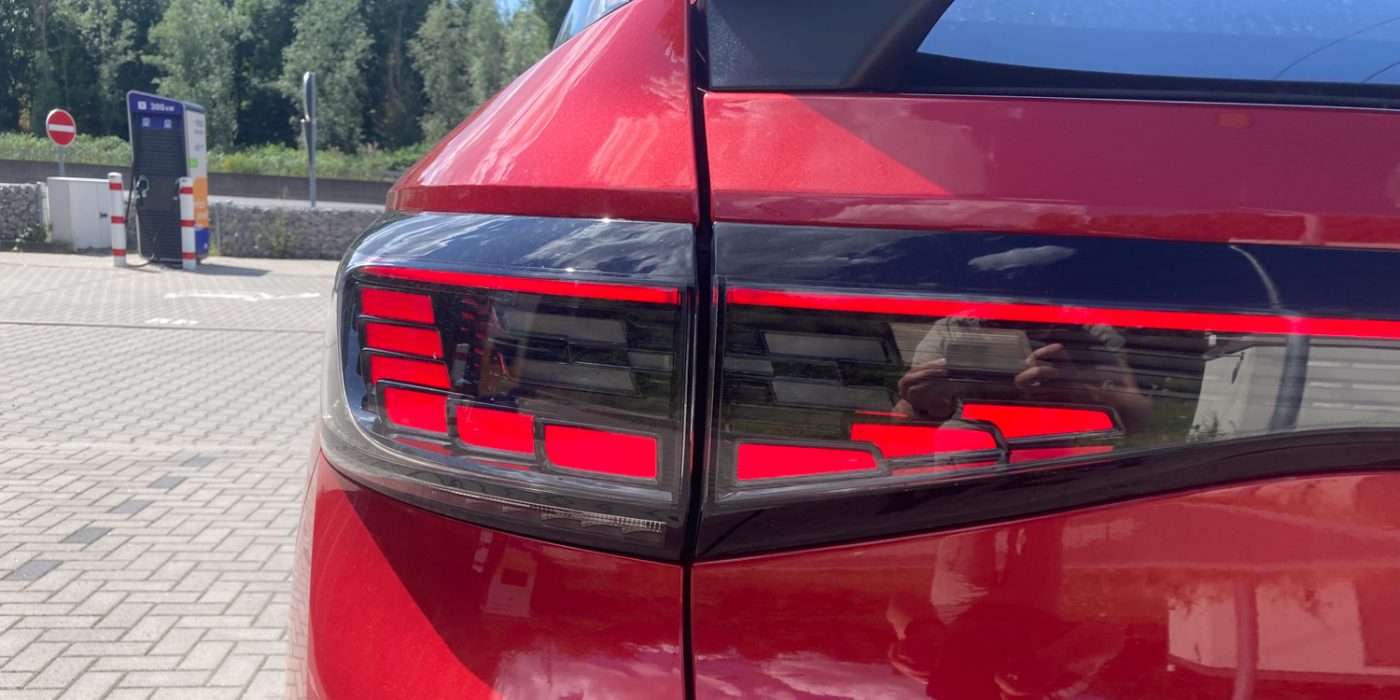
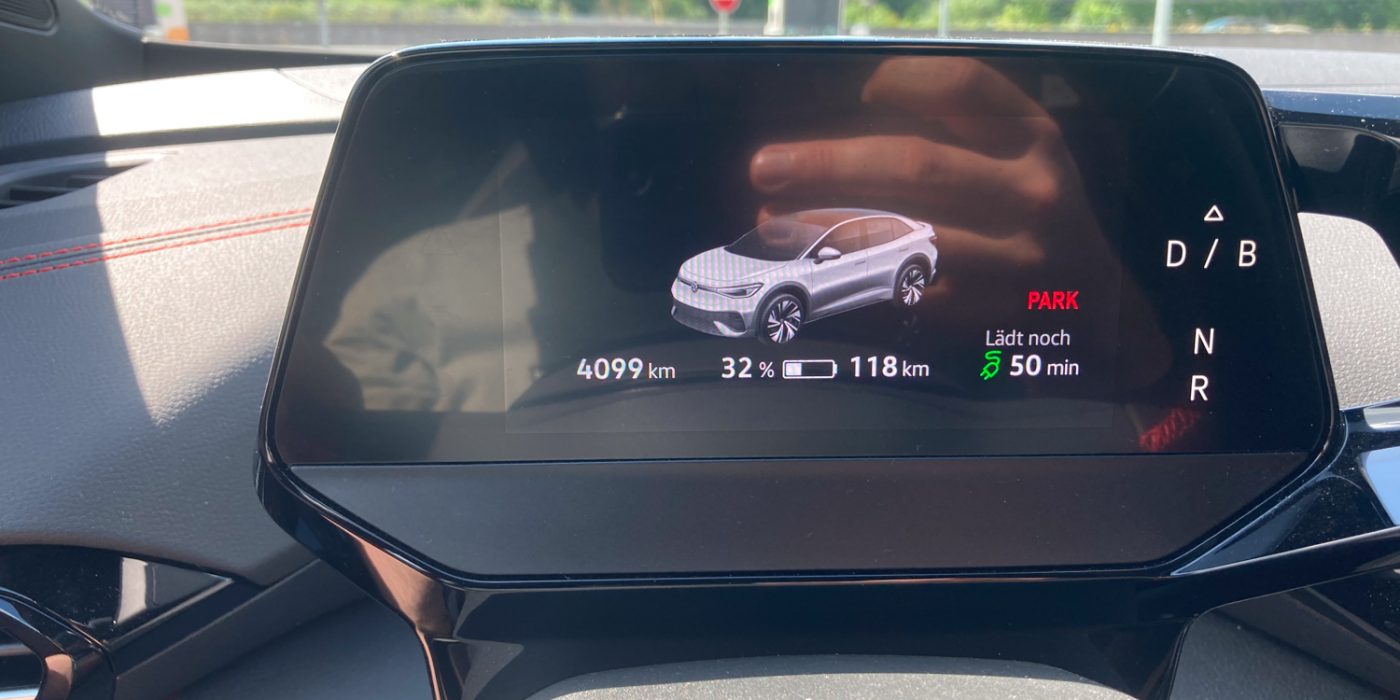
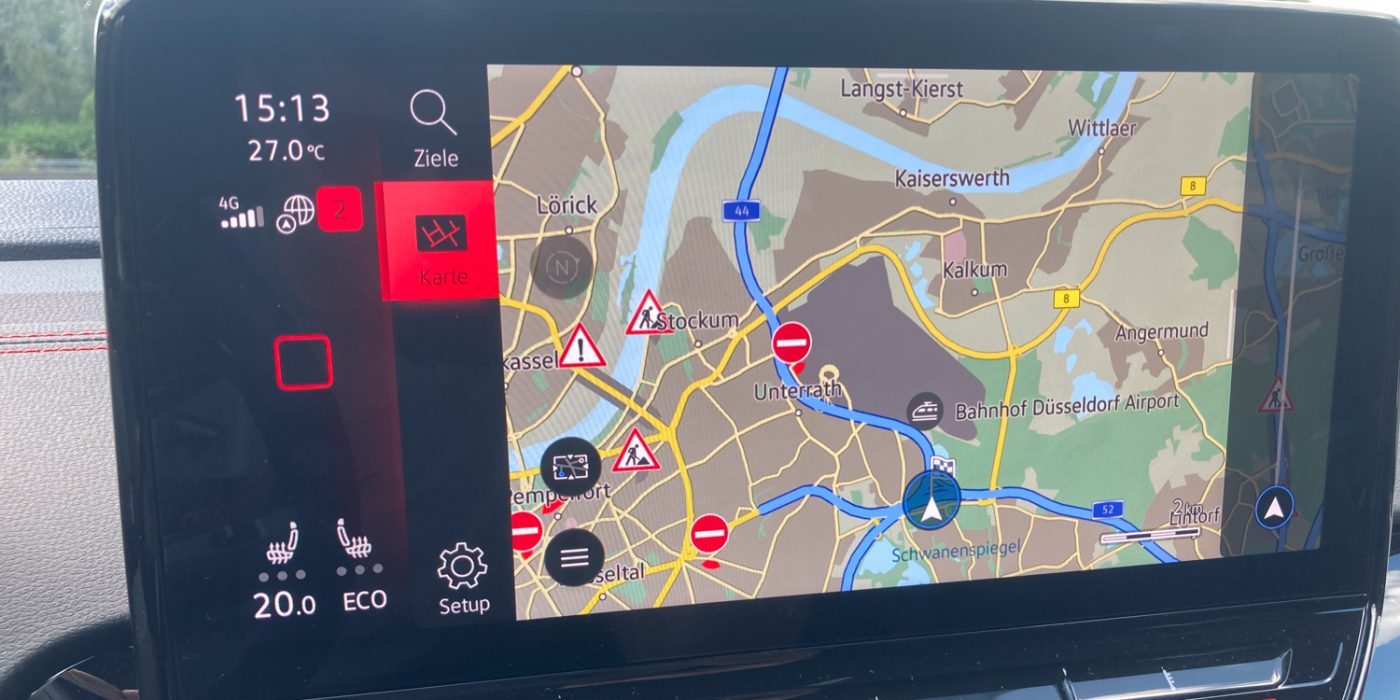
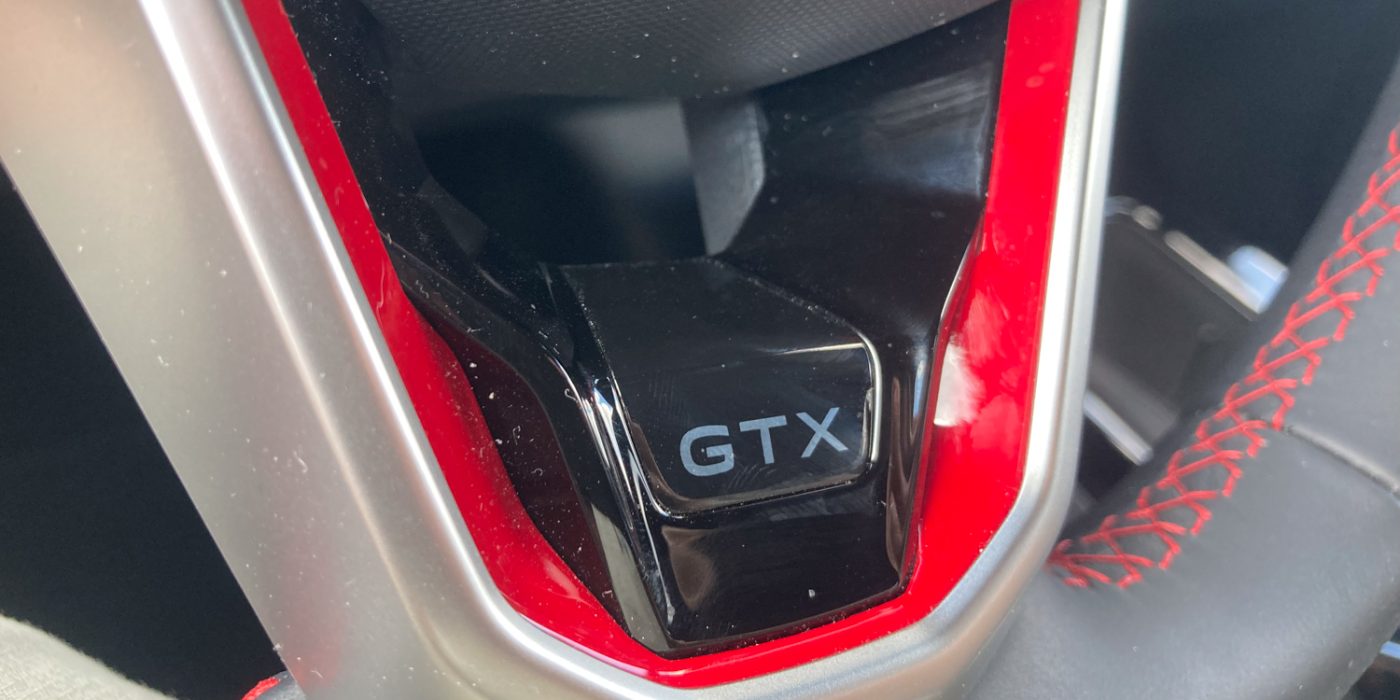

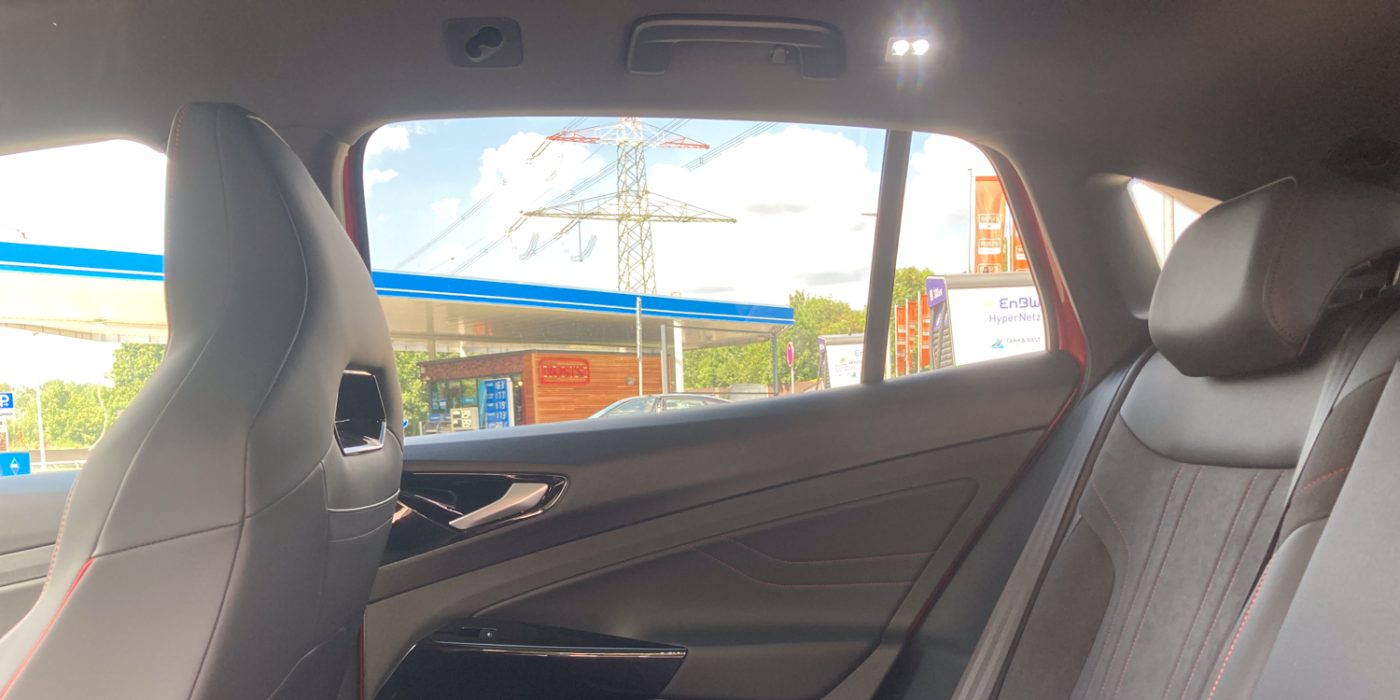
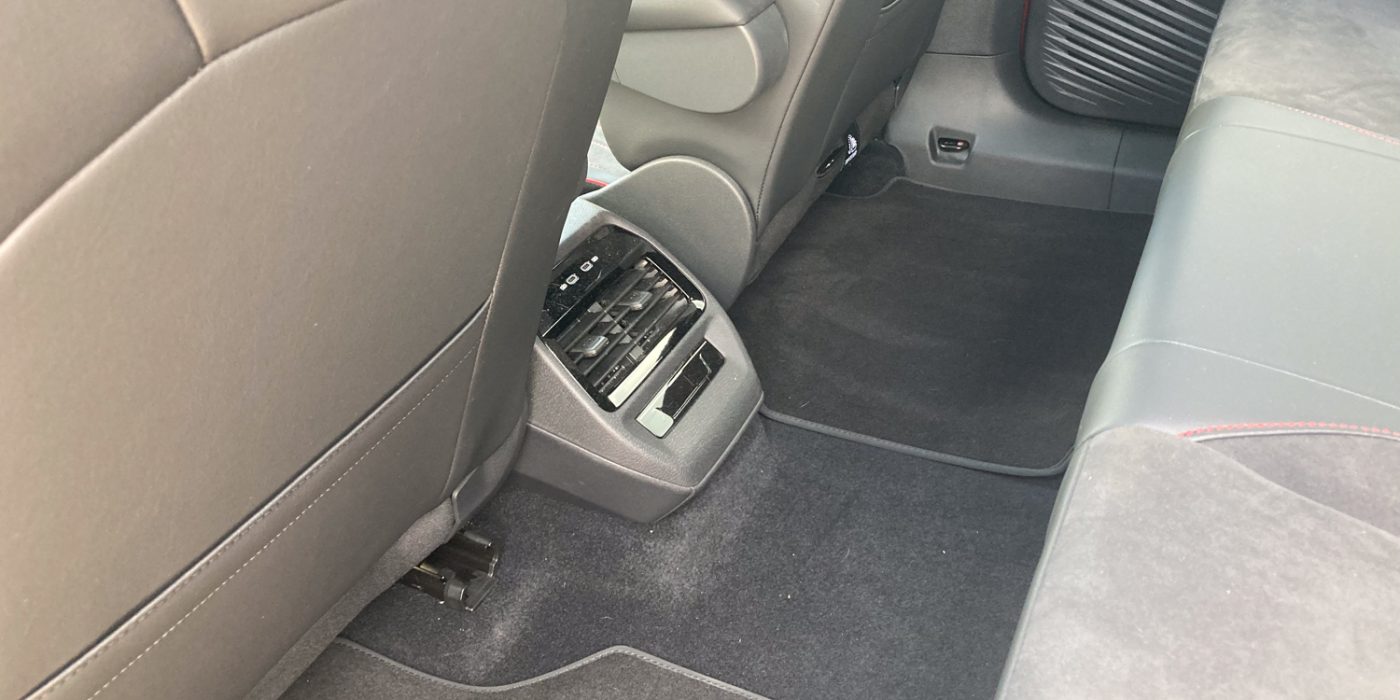
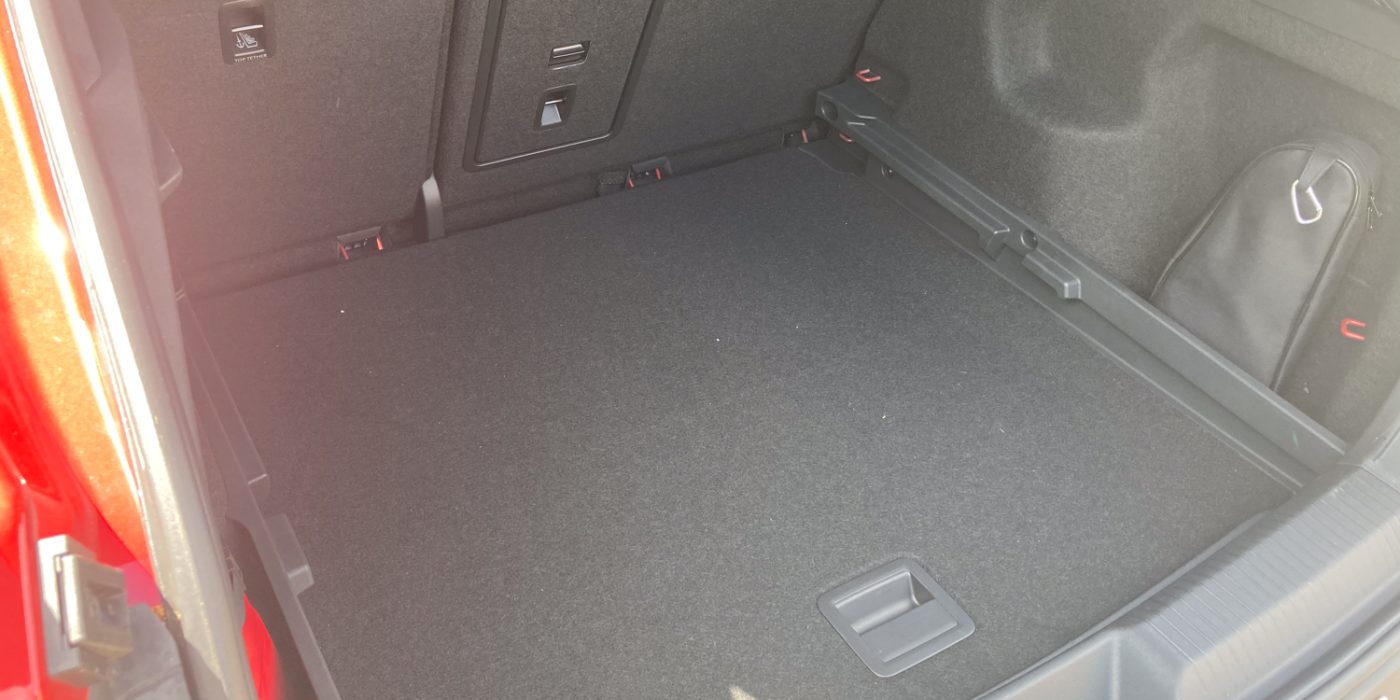
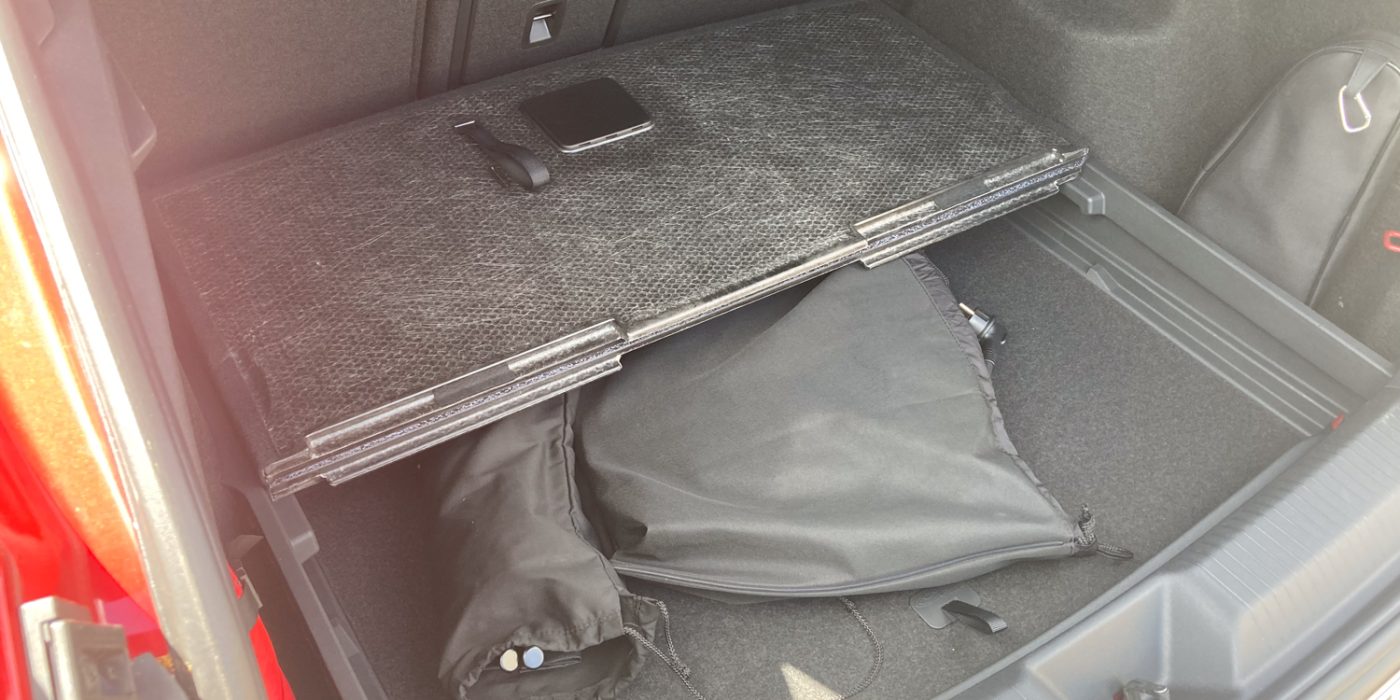
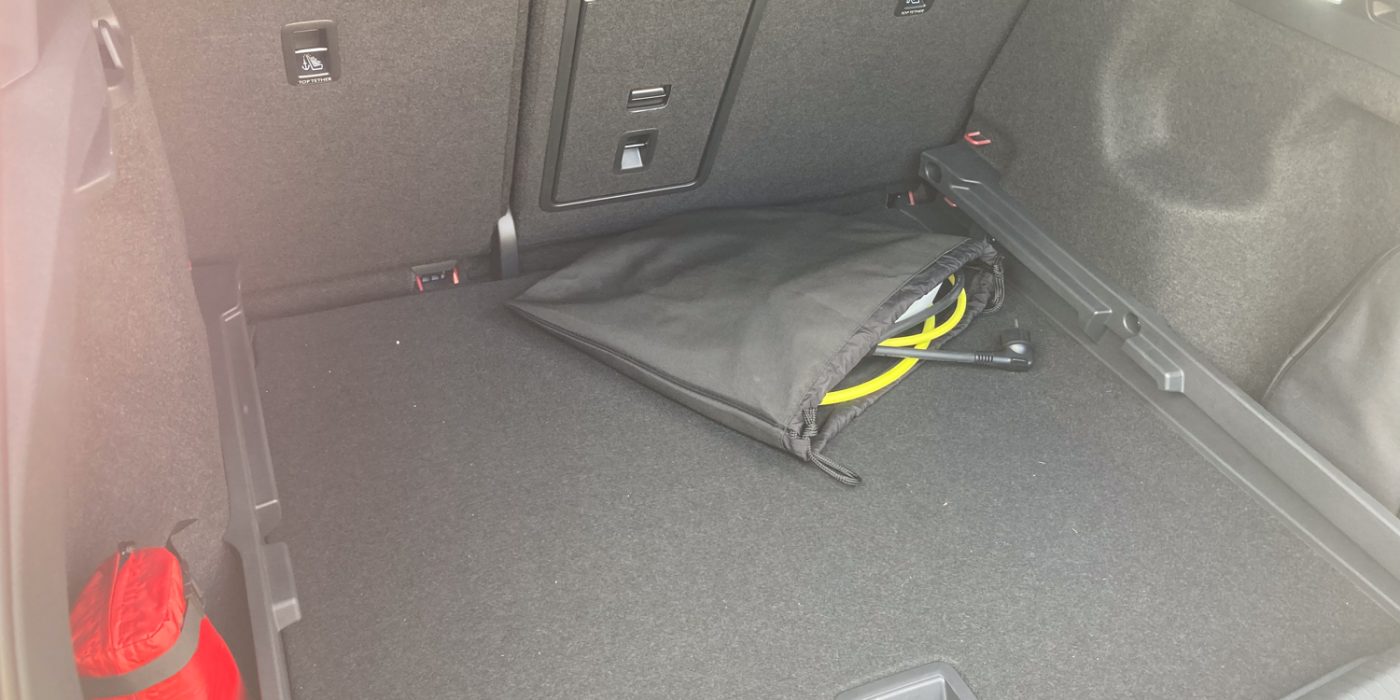
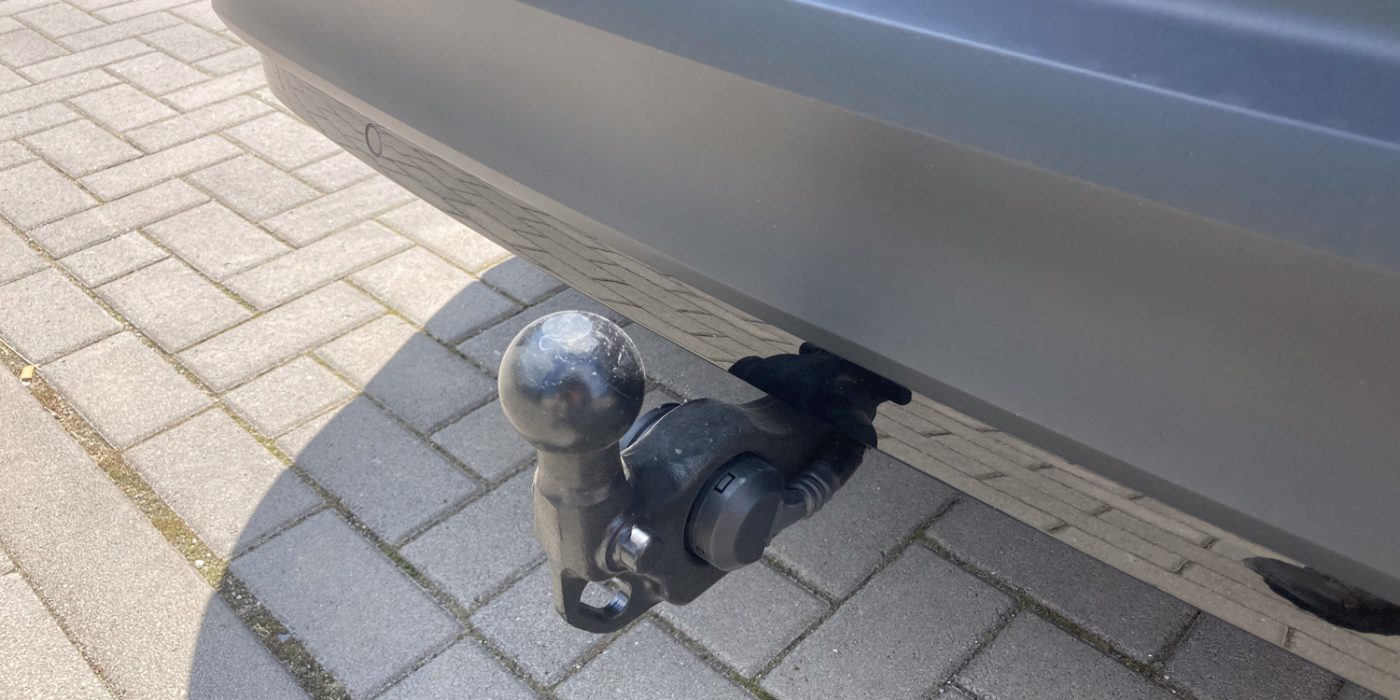
In the meantime, VW has also improved other areas of the software. For example, the charge level in the cockpit display is finally shown as an exact percentage – and not just in a barely legible battery graphic. That would also be a welcome addition to the navigation system: On a normal route without a charge stop, there is no SoC forecast for the arrival at all. If one (or more) charging stops are planned, the destination charge level is again only displayed via the old battery graphic. Only by noting that the indicated remaining charge level was yellow it can be deduced that it must be between ten and 20 per cent SoC. If it is closer to 20 per cent, you can safely drive one or two charging stations further, depending on the region. But if it’s only ten per cent, it’s better to follow the suggestion. But you don’t know.
And even with route guidance without a charging stop, the SoC forecast would be helpful. Whether you arrive at your destination with 20 or 40 per cent of the battery makes a difference because this allows the driver to better assess whether the power is still sufficient for the return journey. Of course, you could also set the actual destination as an intermediate destination in the navigation system and thus plan the return journey from the beginning. However, this is relatively cumbersome to enter, and, in addition, the traffic situation on the return journey is already taken into account by the system the whole time – even if the return journey is not planned until the next day. Convenient and user-friendly is a different story.
In other areas, however, the MEB navigation system is very user-friendly: for example, the route announcements tell you to turn left “at the next traffic lights” – and not “in 250 metres”, even if there is another turn-off to the left just before the traffic lights. Especially in combination with the LED bar of the ‘ID. Light’ and the augmented reality head-up display, it is virtually impossible to take a wrong turn.
Software is still not a strong point
Despite such individual, positive features, the software in version 3.2 does not leave a good overall impression. The system is slow, many displays only open with a delay, and it has a jerky display. When starting the vehicle, it also takes a long time until all functions are available. For example, if you want to quickly turn the air-conditioning to the full via ‘Max AC’ in summer, it can take an uncomfortably long time on black seats when it is over 50 degrees in the car. The competition shows that in 2023, a modern car can do much more. Another example: on the map on the start screen, the navigation system shows all kinds of road works, traffic jams and closures, even off the route. And even if you are on the road without active route guidance, these large icons don’t really help: because of the scale, it is sometimes not even possible to see exactly which road is closed or not.
But a GTX is about more than everyday driving, the long haul or jerky software. It’s also about driving fun – right? After all, the legendary GTI in the name is not far away. To be honest: It’s so-so. Even in ‘Sport’ mode, the otherwise electric-typical kick when accelerating is missing. Yes, with the very even accelerator pedal characteristic, the power can be dosed well, and you can control it with your foot – and not with the traction control. But it doesn’t feel like nearly 300 hp, to borrow the old-world code number. And the steering doesn’t give a genuine sports car feel in Sport mode either: While it is sufficiently precise and gives good feedback, it is still very light.
In Comfort mode, on the other hand, the steering characteristics are just right, and the chassis is also designed for comfort. The fact that the test car is on 21-inch rims is not felt on the bumps. Even set to ‘Sport’, the ID.5 GTX absorbs bumps and jolts better than a Tesla Model Y. But here, too, the operation is a point of criticism: you have to tap on the bar below the touchscreen to call up the driving mode selection – and then select the desired mode again on the display. A small switch on the centre console or a button on the steering wheel would have been a better choice because, in this case, you have to take your eyes off the road twice.
Highs and lows in the interior
The emphasis here, however, is on the “button” on the steering wheel. Because the ID.5 GTX also comes with the usual MEB shortcoming, the touch surfaces on the steering wheel. Much has already been written about this, the handling is simply not good, and there is a risk of unintentionally operating one of the touch surfaces while steering.
What is very good, however, are the separate armrests on the inside of the front seats. That allows the driver and front passenger to independently adjust the armrest to the desired height or fold it up completely. The cupholders in the centre console below reliably hold large and small bottles. However, the storage compartments in front of them and the inductive charging cradle for smartphones are a little small. Nevertheless, there are four USB-C ports for charging just as many devices. And the sunblind on the large panoramic glass roof is also worth mentioning: the glass filters out the strongest sunlight but does not dazzle. But the glass cannot wholly block the radiant heat, so it is very pleasant to close the blinds with a swipe of the finger or a voice command. The cover from the Tesla accessories store cannot be opened and closed easily while driving. It can only be done while stationary. However, the glass roof costs 1,400 euros extra as part of the Design Plus package (in the GTX; in the ID.5, the Design Plus package costs 2,950 euros).
In terms of workmanship, the GTX top model also offers the familiar MEB standard: all parts are basically neatly fitted, it looks high-quality so far, and the red GTX decorative stitching is well placed. However, there is a lot of hard plastic in the GTX, including on the dashboard – only foamed plastic on top.
Chic ambience, not always high-quality materials
And that is not appropriate for this price class. The ambience, with its red decorative stitching and the very chic ambient lighting, differs from that in the Tesla Model Y, which is often criticised for its materials and workmanship. But when the VW’s dashboard sounds hollow when you tap on it, and the high-gloss black plastic surfaces are not exactly pleasant to touch (and extremely sensitive to dust and fingerprints), the difference is no longer so big for many customers.
And then there is the fact that the VW costs quite a bit extra. It is clear that the red-black bicolour paint is listed at 860 euros and the 21-inch Narvik rims at 1,015 euros. The ‘Top Sport Plus’ package costs 2,890 euros, and the aforementioned ‘Design Package Plus’ with the panoramic roof and darkened rear windows is 1,400 euros. And even the adaptive suspension, which is not fully sporty, costs 1,150 euros more as part of the ‘Sport Package Plus’, the ‘Infotainment Package Plus’ with HuD, sound system and ‘Comfort’ telephone interface costs 1,250 euros. The ‘Assistance Package Plus with IQ Drive and Travel Assist’, however, is worth the 2,785 euros for frequent drivers, especially the Travel Assist works exceptionally well – the automatic lane changes work reliably on a full motorway, and the ID.5 also keeps its lane properly in road works. The next catch: even for a car with a base price of 56,455 euros, the heat pump costs 990 euros extra. So the final price for a fully equipped ID.5 GTX adds up to almost 70,000 euros.
Conclusion
The GTX will not become as legendary as the GTI – at least if the initial premium in the ID.5 and ID.4 remains. It seems too well-behaved, not as independent as a Golf GTI once was, with red trim on the outside, checkered seats and a golf ball gear lever. The ID.5 GTX could also pass for an ID.5 4Motion S. Four GTX badges do not a new legend make.
Regardless of the GTX label, the ID.5 is not a bad EV – the software is now at an acceptable level, as it should have been when it was launched. But it must also be said: It is a solid car without any real highlights. Some solutions are good, no question. But it is difficult for the ID.5 to stand out even from the in-house competition, such as the Skoda Enyaq Coupé (as GTX counterpart in the RS version). And successful details such as the sun blind on the glass roof or the ID. Light are not enough to set the car apart from the Model Y or Hyundai-Kia’s 800-volt models.


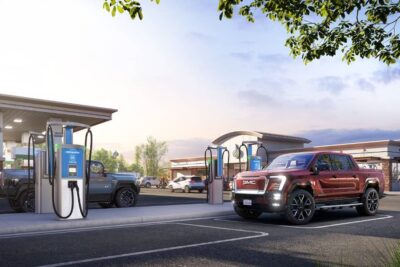
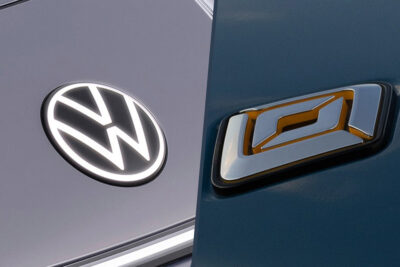
0 Comments